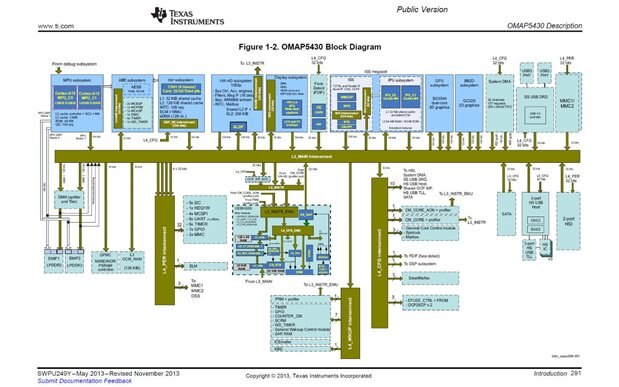The video in Drew's recent blog post about "Maker Mom to demo BeagleBone Black on Chicago's WGN TV morning news" showed the BBB doing what it does so well, fast realtime I/O without CPU intervention, courtesy of its remarkable twin PRUs (Programmable Real-time Units).
We've had a lot of discussions about the PRUs on this forum, but that blog got me thinking about their future, how they could be developed further. There is always room for hardware improvements, more local memory per PRU being clearly desirable and a speed increment always being welcome. On the software front there are many improvements that could be done in terms of flexible drivers and language support to bring the PRUs into the solution space for more people.
Unfortunately, speculating on the bright future possibilities for PRUs then brought to mind a very grim possibility: that PRUs are seen by TI marketing and product designers not as the exceptional hardware feature and product differentiators that they are, but as irrelevant to future product lines "because nobody is asking for them" or because "nobody else is doing that". If PRUs were discontinued from TI's future application processor lineup, it wouldn't be the first time that awesome engineering has been scuppered by blinkered business decisions.
So, I'll end with some questions and a suggestion:
- If anyone here knows TI's SoC offerings beyond Cortex-A8, did you see PRUs featured in the hardware? If so, are the PRUs the same as in the BBB's AM3359, or have they evolved further? Has TI released any relevant information on this issue?
- Since Drew is in regular contact with Jason Kridner, and perhaps other Element14 staff have knowledge of TI future offerings on a business level as well, could you perhaps inquire for us whether TI's plan is to continue to offer PRUs in future SoCs, or to discontinue the concept, or "no comment" for business reasons, or are they genuinely undecided?
From a customer perspective, PRUs can be a very good reason for buying AM335x, but forward-looking engineering decisions involve the existence of a future migration path as well. If PRUs are end-of-life beyond TI's Cortex-A8-based family, then they're no longer a very appealing feature because not many people are willing to invest much time and effort in a powerful solution that has no future. I think this is an important question to ask of TI.
Morgaine.




